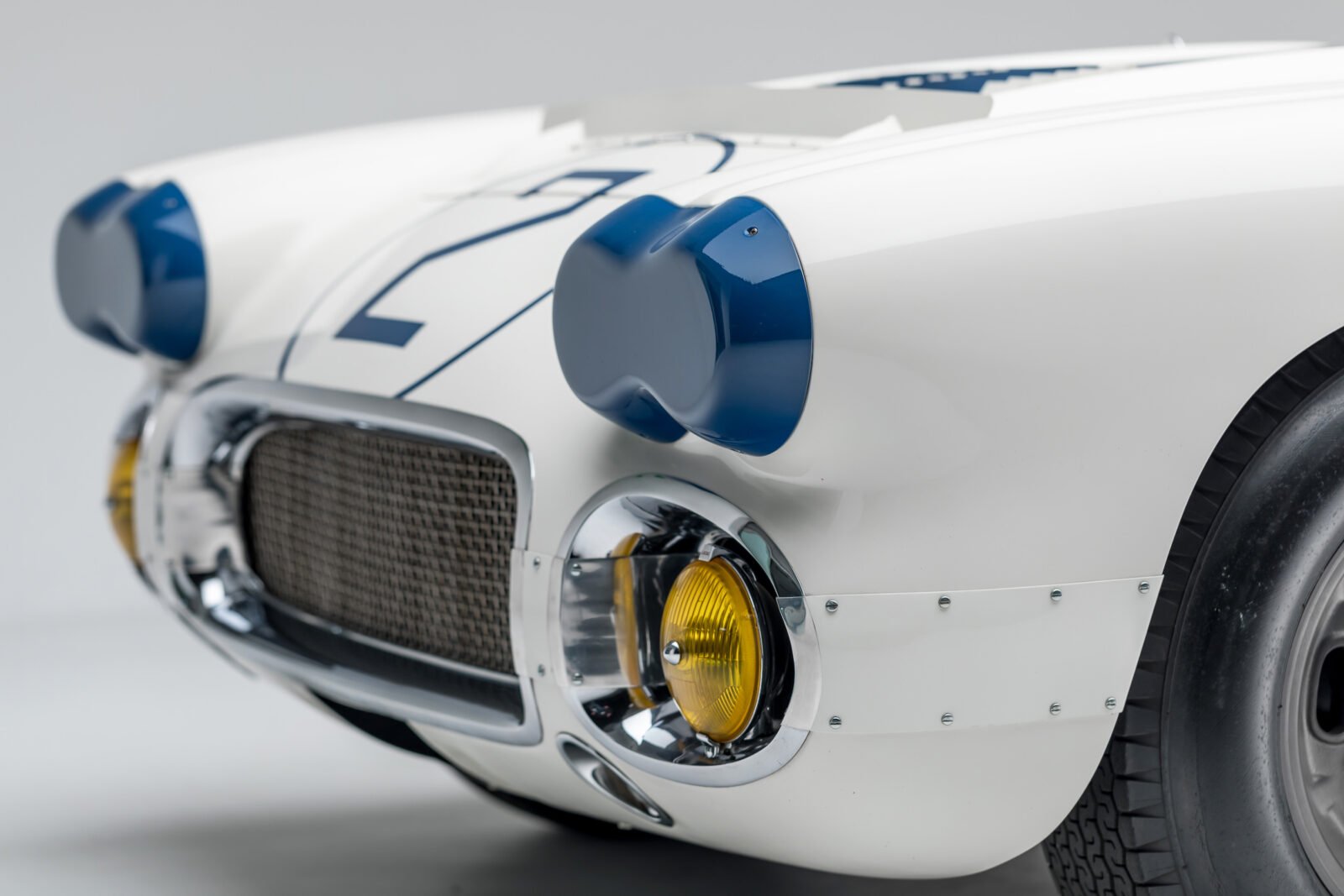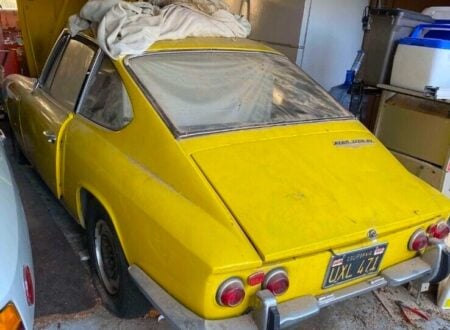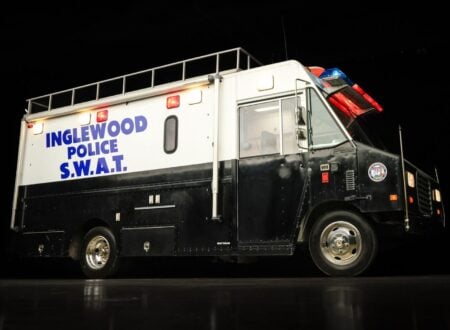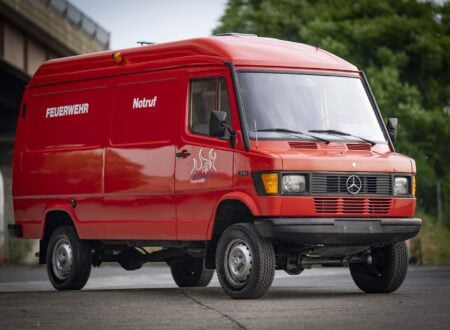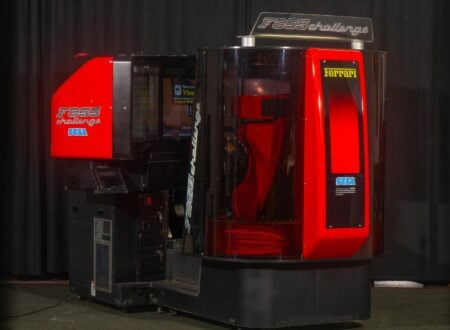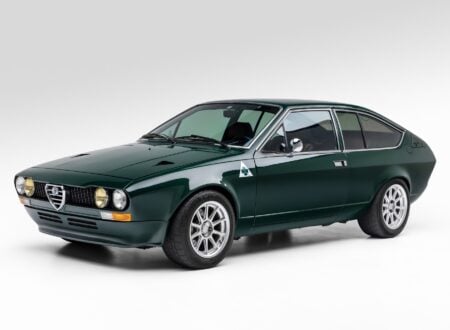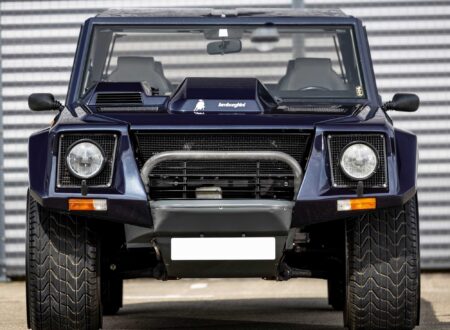In 1960 the Americans would arrive at the world’s most famous endurance race with a bang – three specially prepared 1960 Chevrolet Corvettes rolled off the trucks at the Circuit de la Sarthe to challenge for wins at the 24 Hours of Le Mans for the first time.
The truth of the matter is that the Europeans were almost entirely dominant in both pre and post-WW2 top flight motor racing. The Brits, Italians, Germans, and French knew how to make the fastest cars in the world and the Americans often weren’t taken particularly seriously in races outside their own borders.
The 1960 Le Mans would go a long way towards changing this preconception.
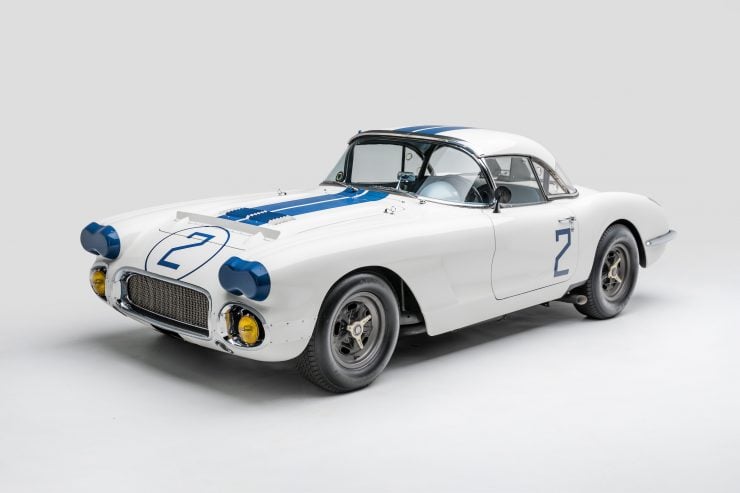
Briggs, Zora, and $11,730.24 Worth of Corvettes
The team behind the development of the Corvette was led by Zora Arkus-Duntov, a fascinating man who had been born to Russian parents when they lived in Belgium, then raised largely in Berlin before fleeing to joint the French Air Force and fight the Nazis when WW2 broke out.
After the fall of France Zora and his family left Europe for the the United States, where they fell in love with the country, staying there for the rest of their lives. Zora had always loved fast vehicles, he started out with motorcycle racing before moving to cars, he proved both a highly capable engineer and a world class racing driver – achieving class victories in 1954 and 1955 24 Hours of Le Mans driving for Porsche.
In 1953 Zora had started working at GM and by 1955 he was the director of high performance at Chevrolet, he led the engineering of the Corvette, turning it from a 6-cylinder light sports car into a V8-powered racer that would take on the best in the world – and win.
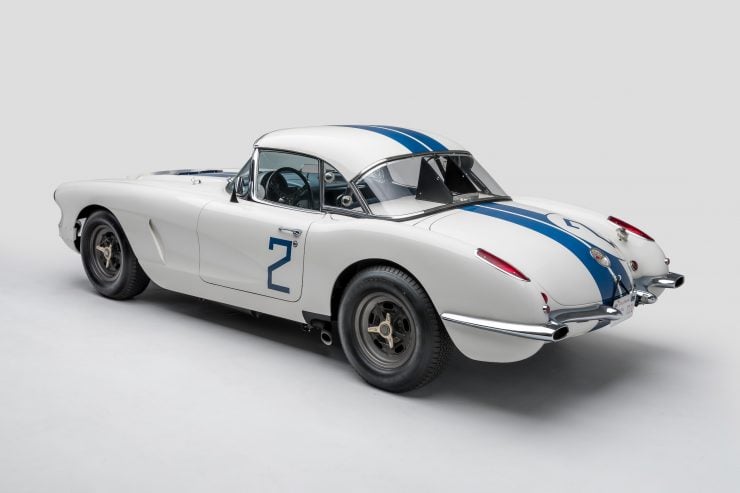
After the 1955 Le Mans Disaster many manufacturers had left motor racing to the privateers, Chevrolet was one of them, much to Arkus-Duntov’s chagrin – he wanted to test the mettle of the Corvette against Europe’s best.
In the late 1950s Arkus-Duntov convinced Briggs Cunningham to take three Corvettes to Le Mans as a privateer – Cunningham was born into staggering wealth but he’d always shown much more interest in racing than money management, particularly yacht and automobile racing. By the late 1950s he’d already won the America’s Cup yacht race, the most prestigious in the world, and Arkus-Duntov talked him into entering three competition-prepared Corvettes at Le Mans.
Cunningham was no newcomer to Le Mans, he’s had developed and raced his own prototype sports cars at the event, taking a class win in 1953 with the Cunningham C5-R. His team had raced modified American road cars and prototypes extensively at Le Mans since 1950, becoming fan favourites in the process.
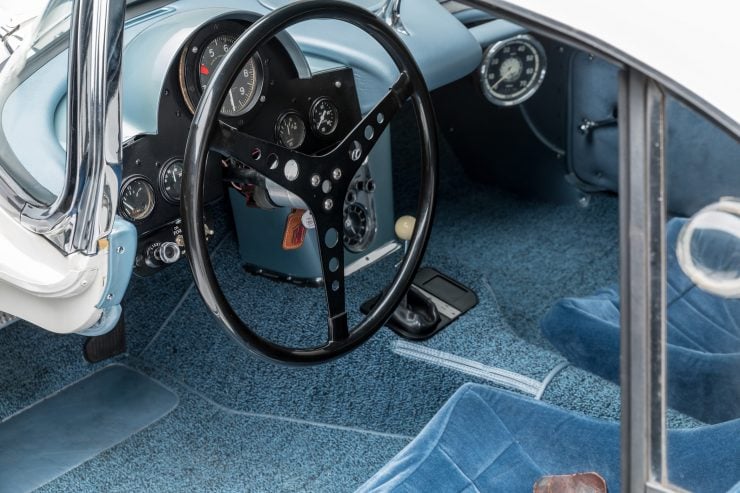
Entering the 1960 Le Mans
The Cunningham team bought three 1960 Corvettes from Don Allen Chevrolet, each was optioned to the gills with every performance tweak available including a 290 hp fuel-injected V8, quick-ratio steering, heavy-duty sintered-metallic brake linings, heavy-duty suspension, a close-ratio four-speed transmission, a Positraction limited-slip differential, a radio delete, and a temperature-controlled radiator fan.
Before shipping the cars to Europe they fitted a series of their own upgrades including Stewart Warner gauges, a Halibrand quick release fuel cap, Halibrand knock off wheels with Firestone racing tires, Koni competition shock absorbers, Bendix fuel pumps (a primary and a back-up), an additional front additional sway bar, a 37 gallon fuel tank, brake ducting from the grille area and a cooling duct from drivers side front bumper area (directing cooling air to the driver through the foot well), two seats from a Douglas C-47 Skytrain aircraft, and Sebring exhausts that exit in front of the rear tires.
The Corvettes would face stiff competition in Europe, they’d be racing against the Ferrari 250 TR59, the Aston Martin DBR1, the Porsche 718, the Ferrari 250 GT SWB, the Porsche 356B Carrera, the Triumph TRS, the Maserati Tipo 61, the Jaguar E2A, the Alfa Romeo Giulietta SV Spyder, and a number of others.
The race took place over the 25th and 26th of June, Ferrari needed an outright win at Le Mans to take the FIA World Sports Car Championship title, so they brought 8 of their best cars. The race was always going to be a challenge but during the third hour a storm swept across the track bringing torrential rain which caused a number of accidents, shaking up the running order.
The rain continued intermittently throughout the night but began to clear by the morning, sadly two of the three Corvettes had been falling by the wayside, one of the cars had been rolled and was out of the race and another got stuck in the sand by the truck – losing valuable time before being recovered and getting back into the race (this was the car shown here).
By the time the chequered flag fell one of the Corvettes was still running – it took a class win at Le Mans and finished 8th overall. This was a great result for the first Corvette outing at the famous event, and although they didn’t know it at the time it was just the first of many, Corvettes have been racing at Le Mans for decades since.
The 1960 Chevrolet Corvette Shown Here
The car you see here is one of the three original 1960 Le Mans Corvettes, it’s been restored back to its original 1960 livery and specifications, and it won the Preservation Award at the 2016 San Marino Motoring Classic, as well as the Corvette class at the 2008 Pebble Beach Concours d’Elegance.
The car is now in the care of Bruce Meyer, a well known classic car enthusiast who specialises in historically significant automobiles. If you’d like to see it in person the good news is that you can – the car is one of the main exhibits at the Petersen Automotive Museum’s new exhibit dedicated to the cars owned by Meyer.
If you’d like to see more or get your tickets you can click here to visit the website.
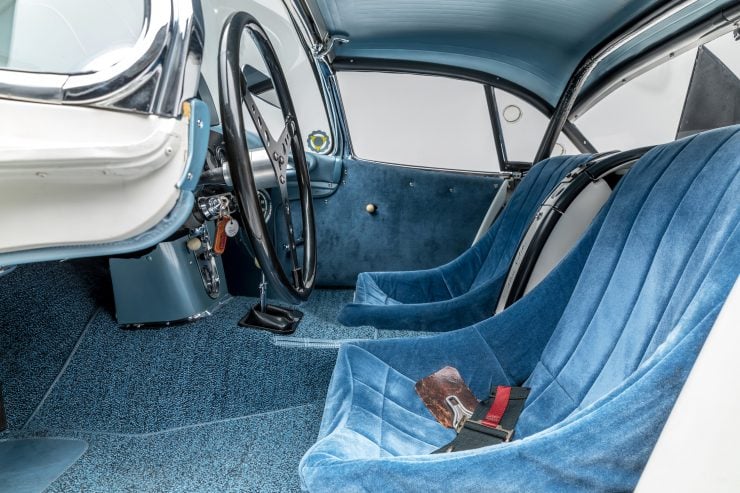
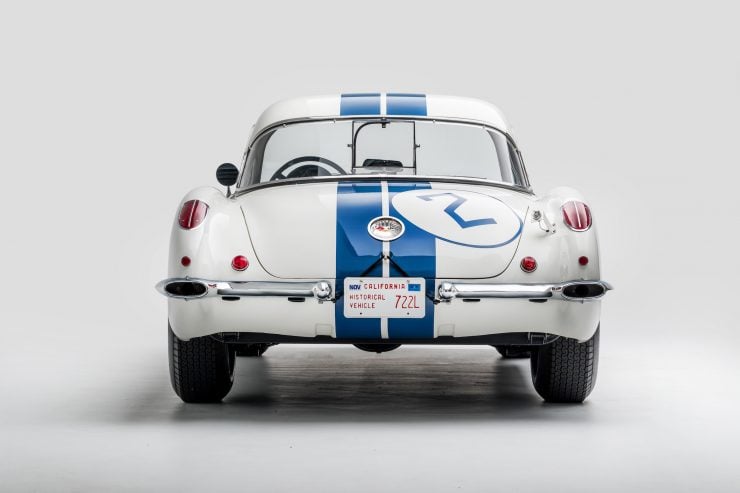
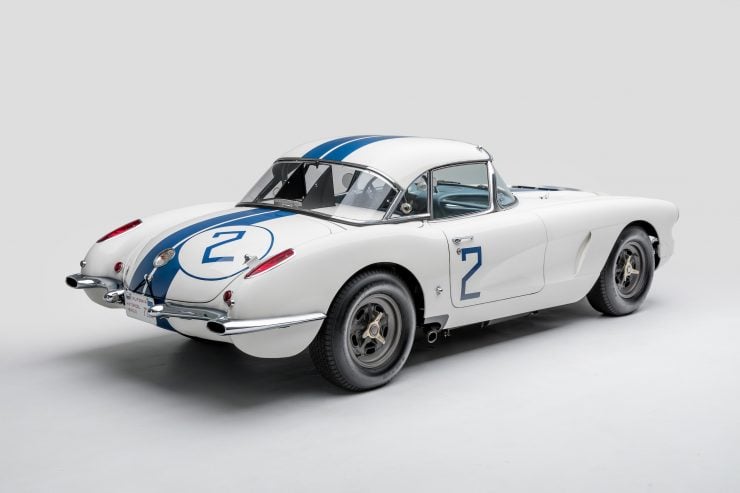
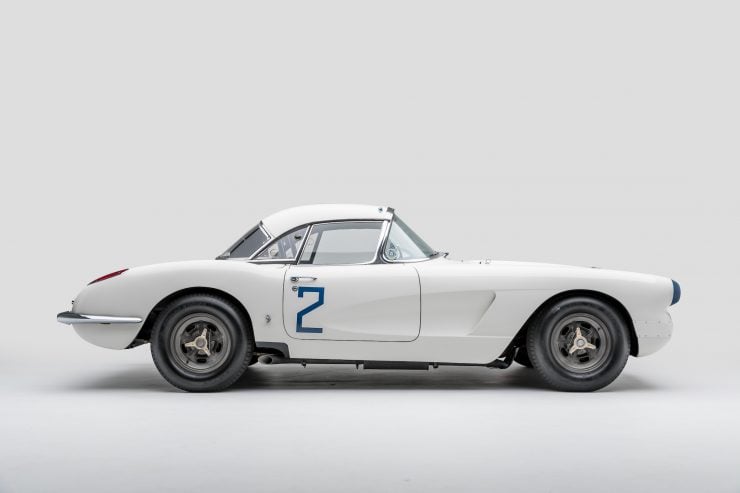
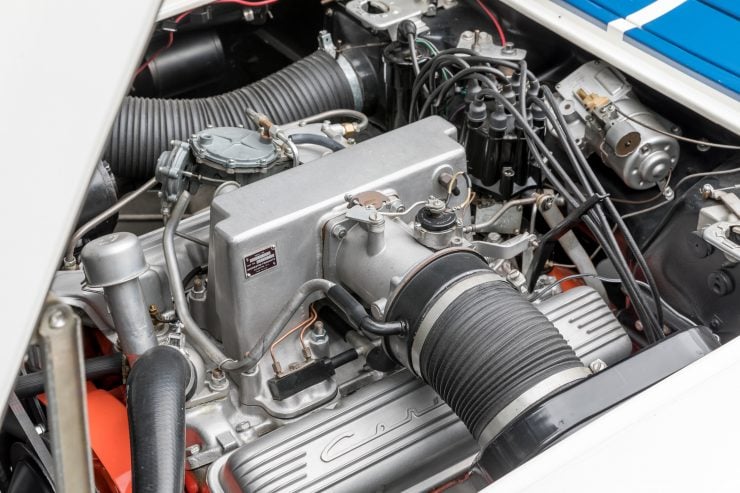

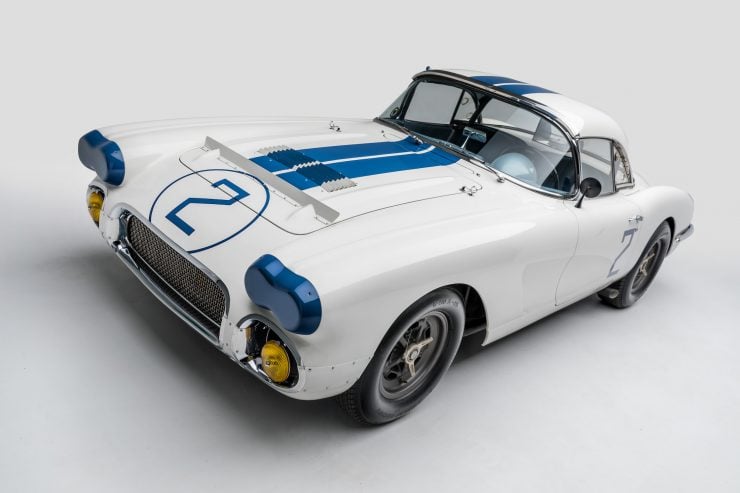
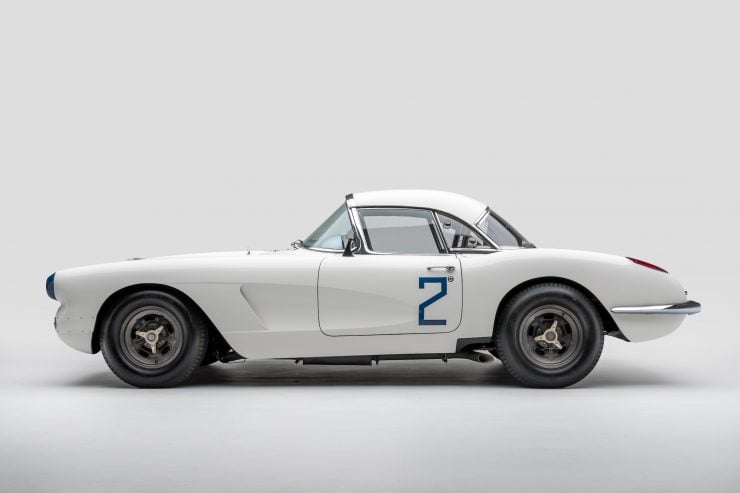
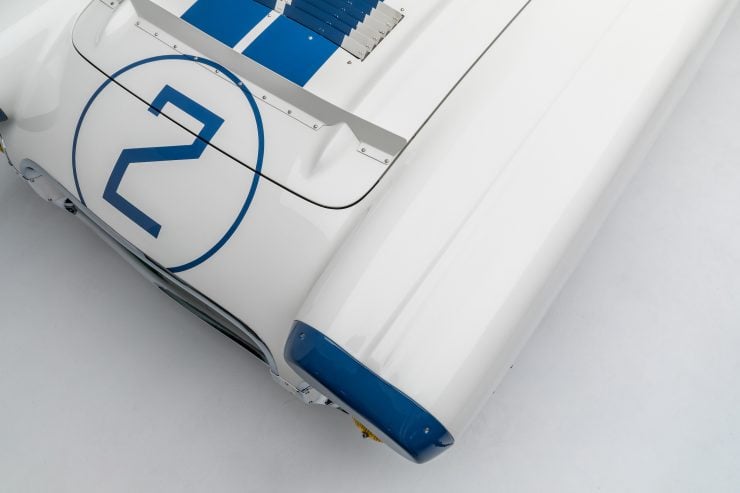
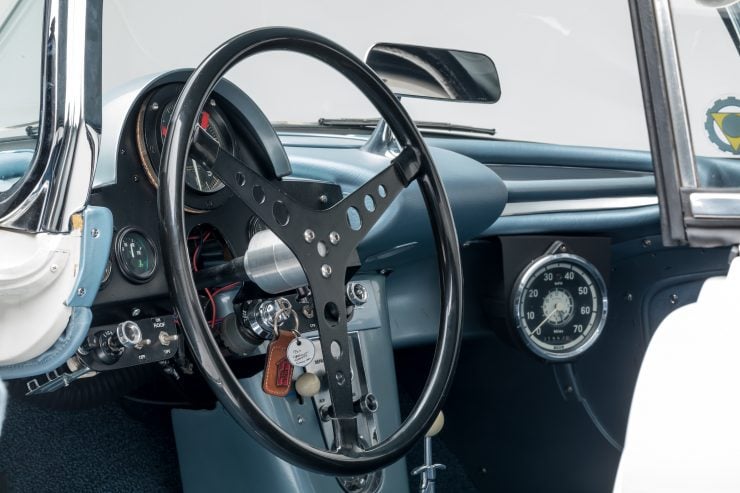
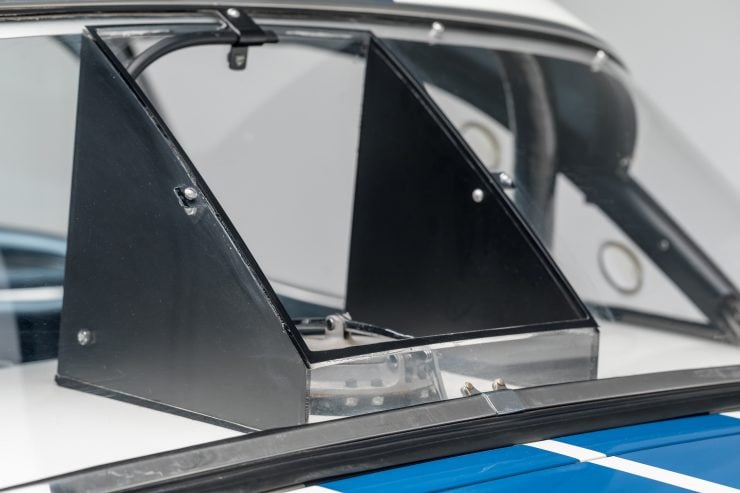
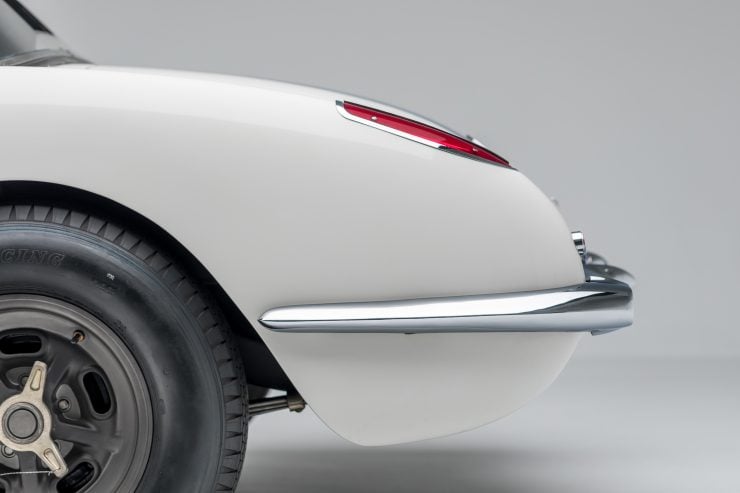
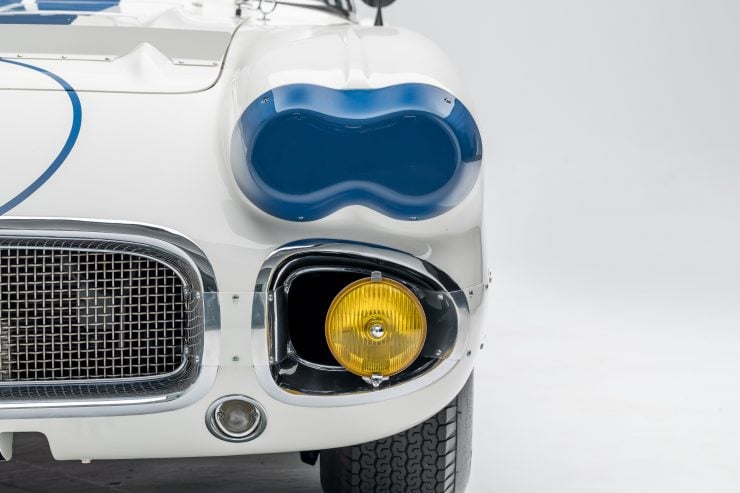
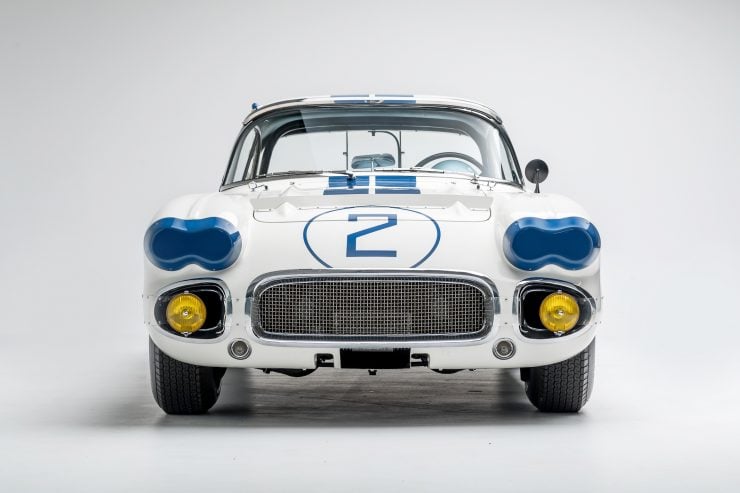
Photography: Ted7 – Ted7© 2018 All rights reserved

Articles that Ben has written have been covered on CNN, Popular Mechanics, Smithsonian Magazine, Road & Track Magazine, the official Pinterest blog, the official eBay Motors blog, BuzzFeed, Autoweek Magazine, Wired Magazine, Autoblog, Gear Patrol, Jalopnik, The Verge, and many more.
Silodrome was founded by Ben back in 2010, in the years since the site has grown to become a world leader in the alternative and vintage motoring sector, with well over a million monthly readers from around the world and many hundreds of thousands of followers on social media.

